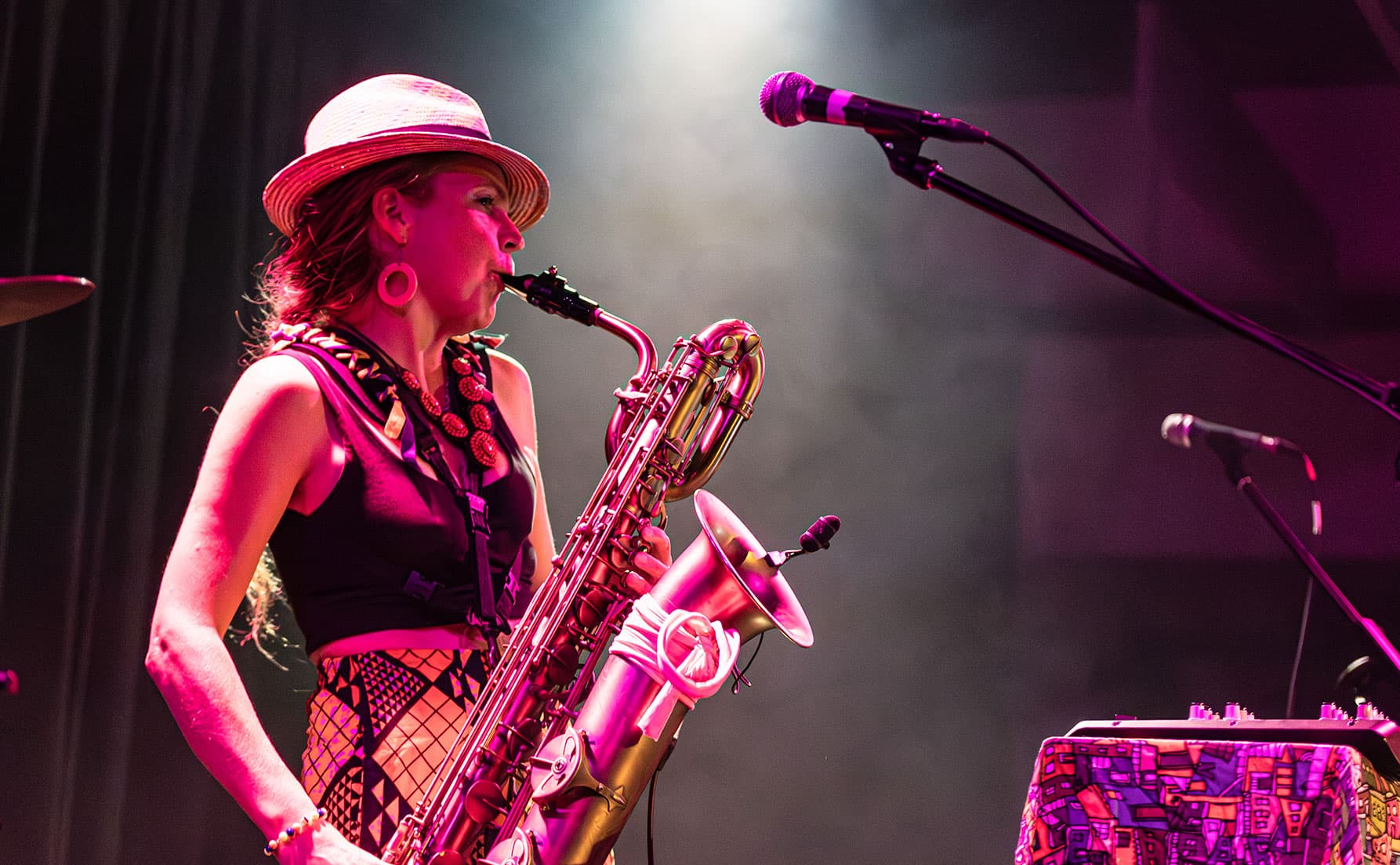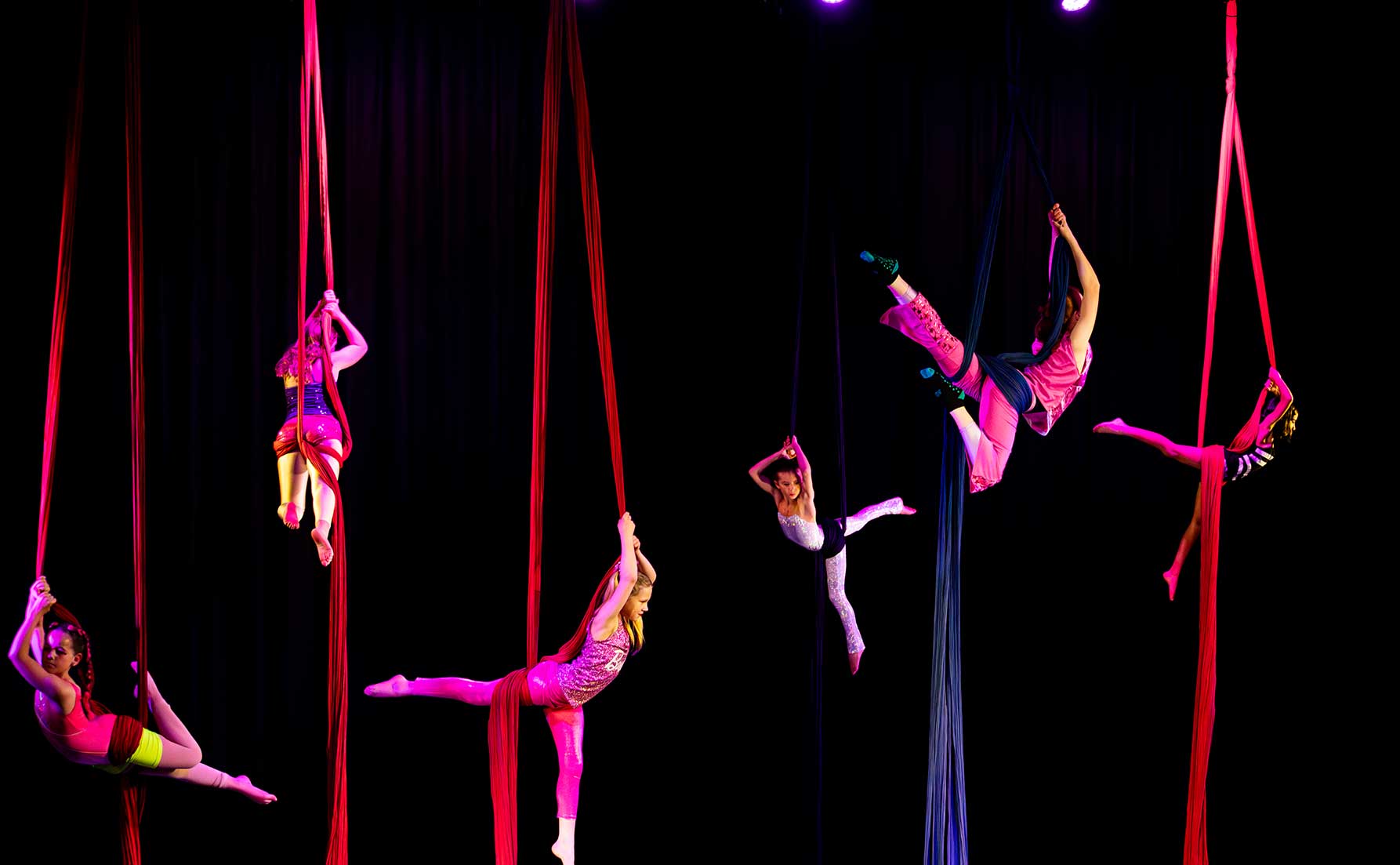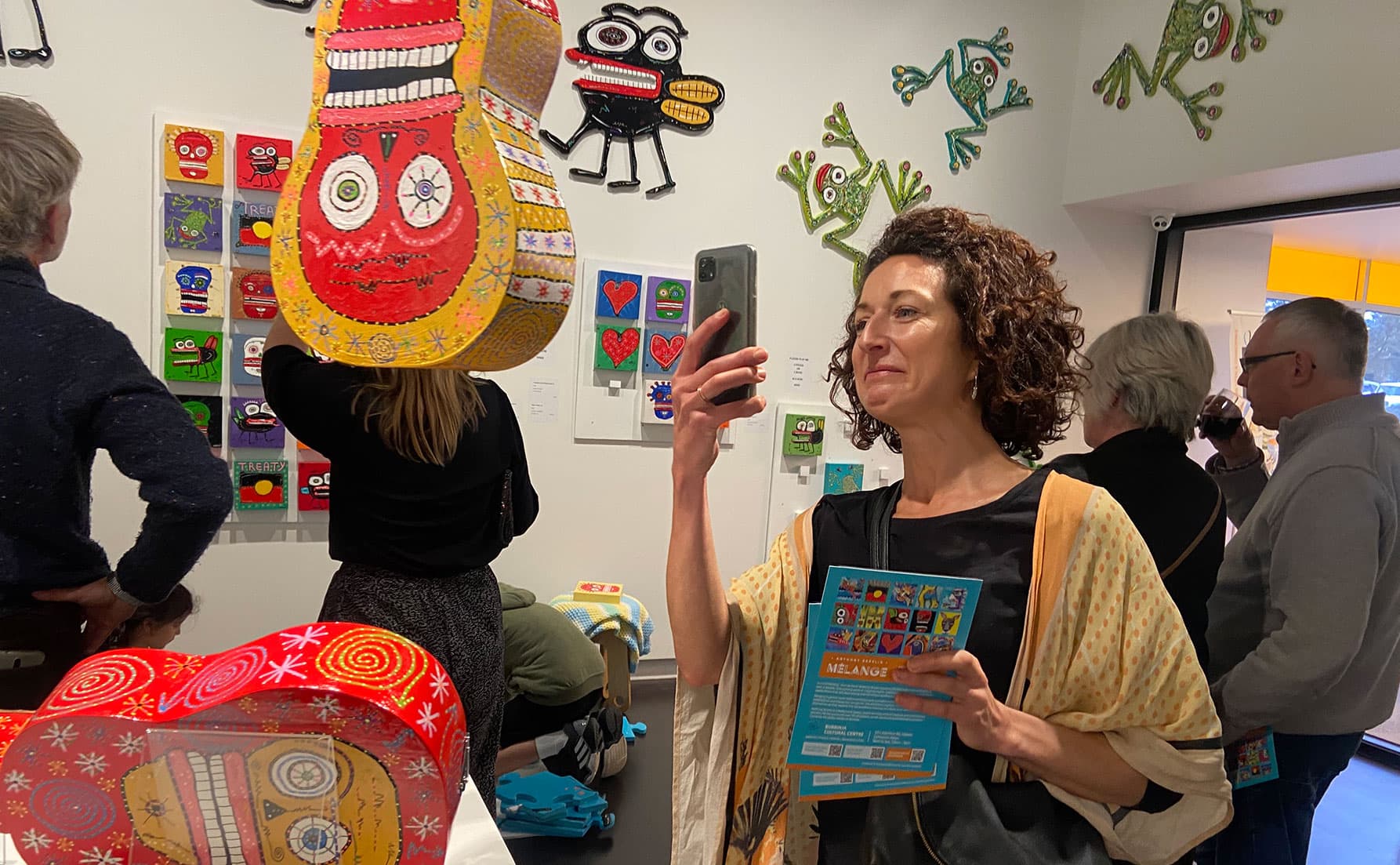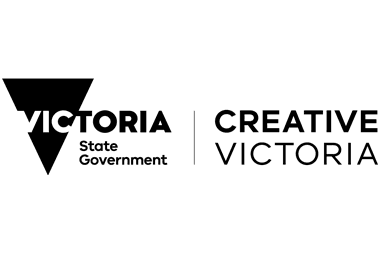The Heart of Arts and Culture in the Dandenong Ranges
Welcome to Burrinja, the vibrant cultural hub of the Dandenong Ranges.
Acknowledgment of Country
Burrinja acknowledges the Wurundjeri people of the Kulin Nation, the Traditional Owners of Corhanwarrabul/Mount Dandenong. We pay our respects to Elders past and present, and extend our respect to Aboriginal and Torres Strait Islander people from all nations of this Land.
Burrinja celebrates the instrumental role played by local resident and Yorta Yorta artist Lin Onus in the community advocacy that led to the establishment of Burrinja as a community cultural centre. Onus, alongside a groundswell of community support, advocated for the owner of the building not to sell the property for commercial gain but to save it for community use as a cultural centre. In recognition of this history, family approval was sought and subsequently granted to call the centre ‘Burrinja’, a Yorta Yorta word meaning ‘star’. Burrinja was Lin Onus’ nickname. We acknowledge and are grateful for Lin Onus’ significant contribution.
As a not-for-profit arts organisation and registered charity, Burrinja thrives on the collective support of the Yarra Ranges Council, local artists, visitors, and the community. Together, we create and deliver a diverse range of cultural experiences that inspire creativity, foster connection, and celebrate the unique identity of our region.
A 400-seat theatre for professional performances, community events, and school productions
Four exhibition spaces showcasing visual arts programs
Artist studios that nurture creativity and innovation
A café for visitors to relax and enjoy, and bar operating before performances
A gift shop stocking local artisan-made items
Museum-standard collection management
A Place for Creativity and Connection
Burrinja is a space where art, community, and culture come alive. Our state-of-the-art facilities include:
Where the Arts Come to Life
Each year, Burrinja hosts over 300 events and activities, engaging approximately 80,000 people both onsite and within the community. From visual arts exhibitions to live performances and cultural development programs, Burrinja is a beacon of creativity in the Dandenong Ranges.
Community-Led: we centre the voices and stories of our local community in the Dandenong Ranges
Self-Determination for First Peoples: we support the creation and sharing of First Peoples art and culture in a culturally safe way
Creative Courage: we champion innovation, risk-taking, and bold artistic ideas
Respect & Reciprocity: we honour our relationships with care and shared responsibility
Joy and Playfulness: we celebrate creativity as a source of fun, connection, and delight
Our Vision and Mission
At Burrinja, our vision is simple yet profound: Building Community through Arts.
We create opportunities for people to connect through arts experiences that foster a sense of belonging and inspire curiosity, joy, and shared meaning.Our mission is guided by key values:
Recognised Excellence
Burrinja is proud to have been awarded Best Small Museum in Victoria three times (2010, 2013, 2017) by Museums Australia (Victoria). These accolades highlight our dedication to excellence in exhibitions, public programming, and community engagement. Additionally, Burrinja has achieved Museums Australia Accreditation, a testament to our commitment to best practices in museum operations and cultural preservation.
Open to All
Burrinja is open Wednesday to Sunday, offering a welcoming space for everyone to experience the best in arts and culture. Whether you’re attending a performance, exploring an exhibition, or enjoying a coffee in our café, Burrinja is a place to connect, create, and be inspired.



About Burrinja
Dandenong Ranges Community Cultural Centre, trading as Burrinja, was incorporated as a not-for-profit cultural organisation in July 1998. As of 1 October 2015, Burrinja has been registered with the Australian Charities and Not for Profit Commission, with the purpose of ‘advancing arts and culture’. Burrinja’s Public Fund is endorsed as a Deductible Gift Recipient (DGR).
Donations to Burrinja directly support our programs, exhibitions, and community initiatives, helping us continue to build connections and foster creativity in the Dandenong Ranges and beyond.
Burrinja operates as an independent Incorporated Association and registered charity, guided by a dedicated Board of Directors.
Strategic Plan and Annual Reports
Burrinja Strategic Plan 2025 - 2029pdf, 1153KB
Burrinja Annual Report 2024 - 2025pdf, 3489KB
Burrinja Annual Report 2023 - 2024pdf, 1677KB
In Partnership with the Yarra Ranges Council
Our programs and operations are made possible through a quadrennial partnership and lease agreement with Yarra Ranges Council. This partnership enables Burrinja to deliver innovative creative programming, cultural services, advocacy, and leadership within the region on behalf of Council.
Supported by the Victorian Government
Burrinja is supported by the Victorian Government through the Creative Enterprises Program, a four-year investment in the leadership, organisational infrastructure and capacity of non-government, not-for-profit creative organisations.




